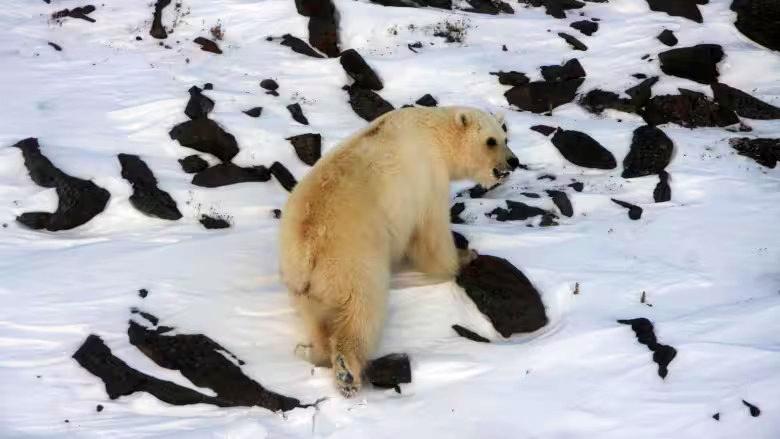Canada is home to the world’s only known group of “grolars,” a family of eight polar and grizzly bear hybrids that live in the Far North, according to a newly published study.
A team of North American researchers studied 819 wild grizzly and polar bears across Canada, Alaska, and Greenland, to determine if the two species of bears were regularly intermingling.





